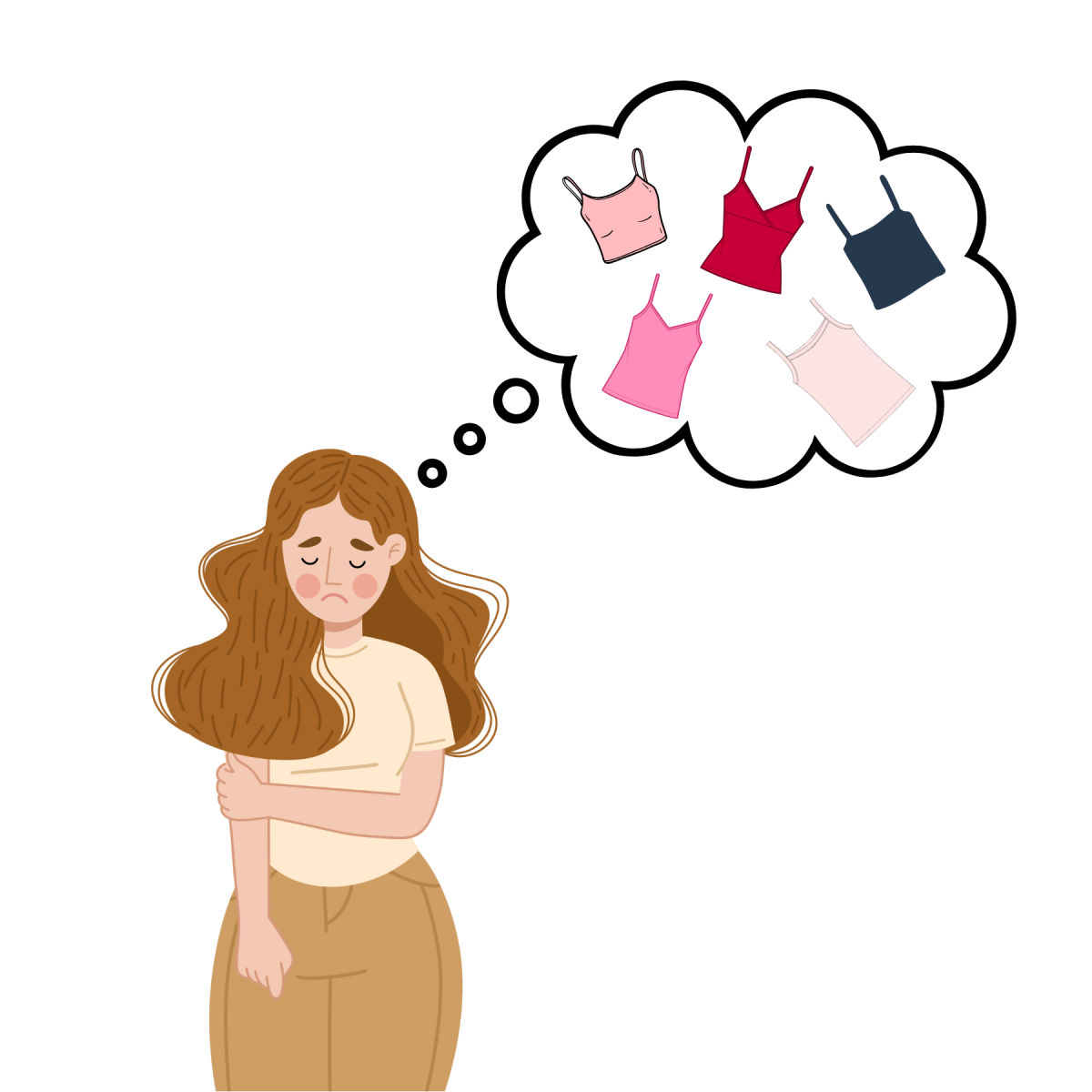A staple in almost every teenage girl’s closet, Brandy Melville clothing has become a worldwide obsession. With its neutral palette of comfortable, casual styles that set the trends for young girls, you can often predict the fashion forecast at school based on what’s new on Brandy’s website.
However, Brandy’s rise to fame may not be entirely due to the quality of its clothing.
The halls of PV High School are brimming with knit cardigans, loose sweatpants and lace tank tops—all deemed “one size fits all.”
This claim fuels a psychological craving to be part of an in-group that is misleadingly labeled as “all,” spreading like a virus through the already self-conscious minds of young girls everywhere.
Since Brandy’s 2009 retail debut in Westwood, California, the brand has promoted an image of exclusivity tied to the stereotypical thin, white, California girl.
According to the U.S. Department of Health and Human Services, the average American woman wears a U.S. size 16. With all of Brandy’s clothing being a U.S. size zero or two, the majority of girls simply cannot wear the trendy clothing, leaving them yearning to join the exclusive club of those who fit this narrow image of thinness.
A quick browse on Brandy’s website or Instagram shows models restricted to these standards—all relatively size small or extra small and almost always white.
This idolization of the extremely thin female body puts immense pressure on young girls and contributes to the rising rates of body dysmorphia and eating disorders. It’s undeniable that this narrow image, marketed as “normal” and represented by a “one size fits all” label, has had a profoundly negative impact on how girls perceive their bodies.
The combination of the brand’s effortlessly flattering, laid-back aesthetic and the exclusivity of being able to wear it has given rise to an era of girls battling their appearances and competing with themselves to be as slim and seamless as a Brandy advertisement.
